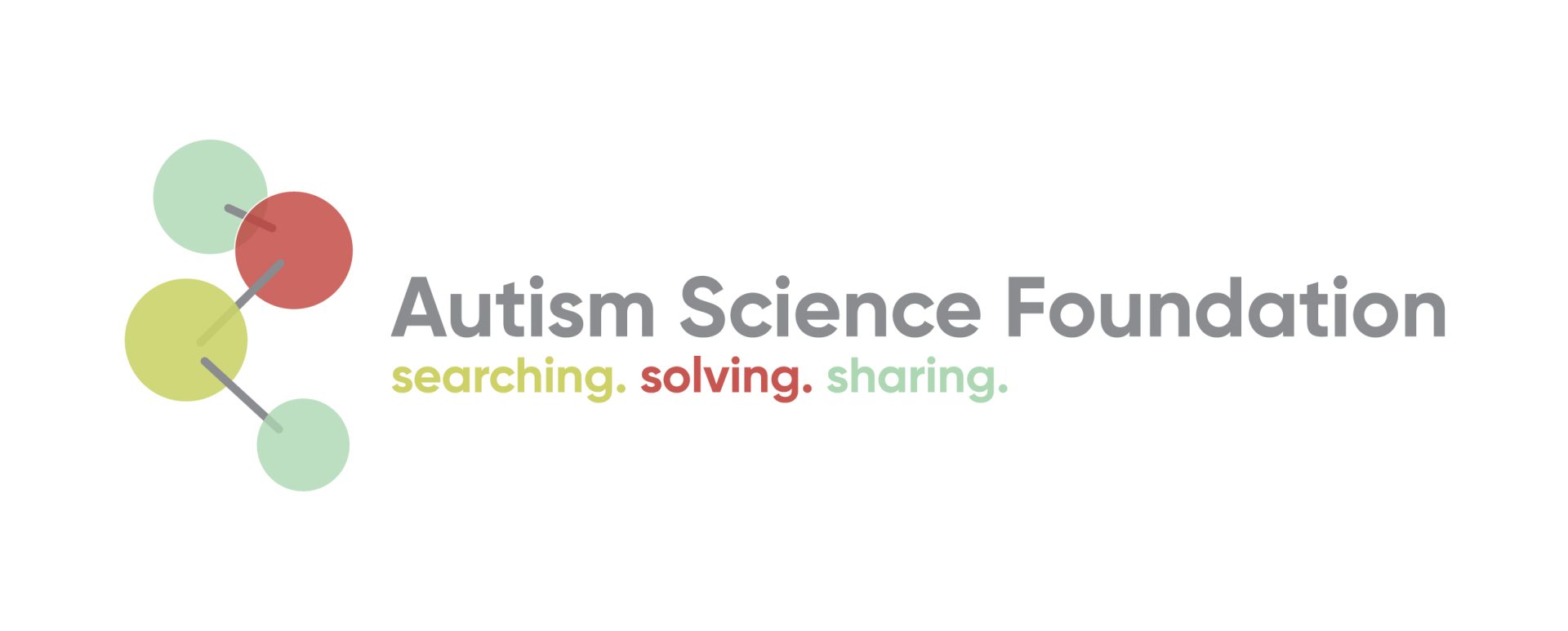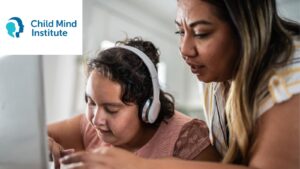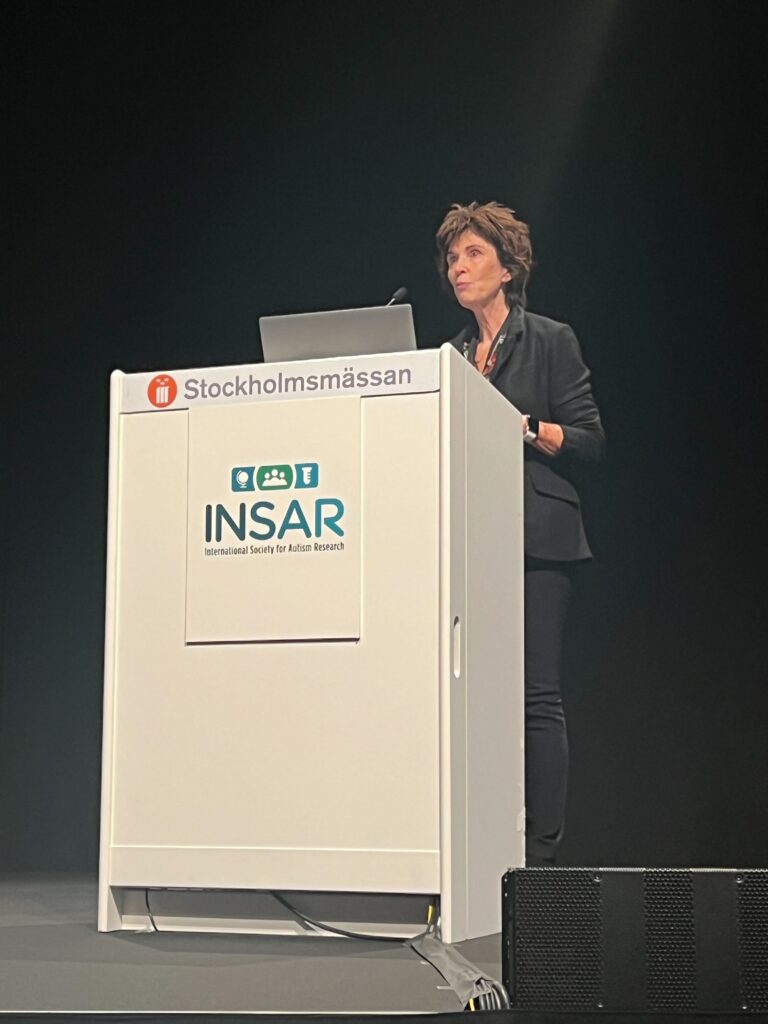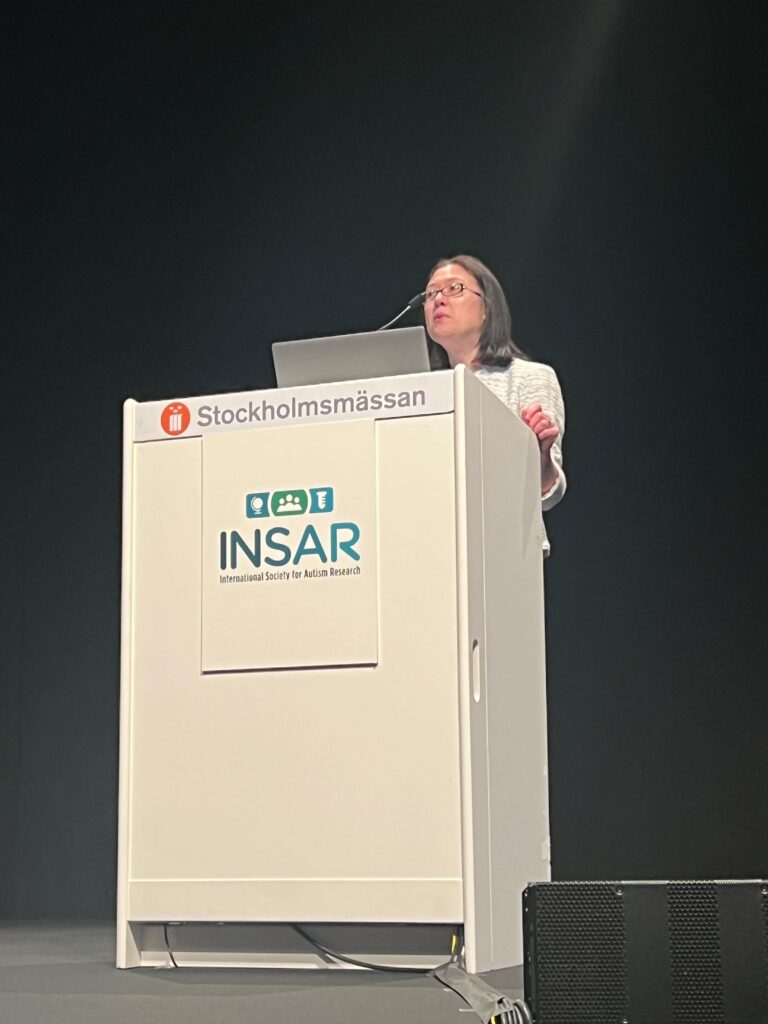May 26, 2023 — News and autism updates from ASF, the Autism Science Foundation.
Read about what ASF presented and discovered for autism updates at INSAR 2023.
Autism Does Not Mean The Same Thing to Every Person

This was a theme throughout INSAR. For some, autism is an identity, others a condition, and others a disorder. Everyone with autism is different, genetically, sociologically, demographically. What is true of one person, even one autistic person, is not true of another. Everyone’s voice matters, but we should be doing better about including autistic voices in scientific research.
Some voices from the autism community have expressed concerns about the scientific study of autism. One roundtable discussion group of neurodiverse autistic people centered around the feeling that genetic studies will be used to eliminate people with autism. These feelings linger despite genetic studies having the clearly defined purpose of helping with autism diagnosis and treatment.
There is so much to learn from the study of genetics. Like the community itself, autism is diverse and complex. Genetic studies have helped doctors be able to recommend treatments for families with autism. The largest genetic study to date found insights into some of the biological complexities involved in autism, which can help develop new approaches to diagnosis and treatment.
As ASF Chief Science Officer Dr. Alycia Halladay said on her ASF podcast, we need to work together as a community with interactions that are not solely based in fear and anger. We can be careful about how genetics is used. But we don’t need to stop science from being done. There are a multitude of conditions that are autism. There are so many discoveries to be made that will help with diagnosis and treatment. More studies are required, not less.
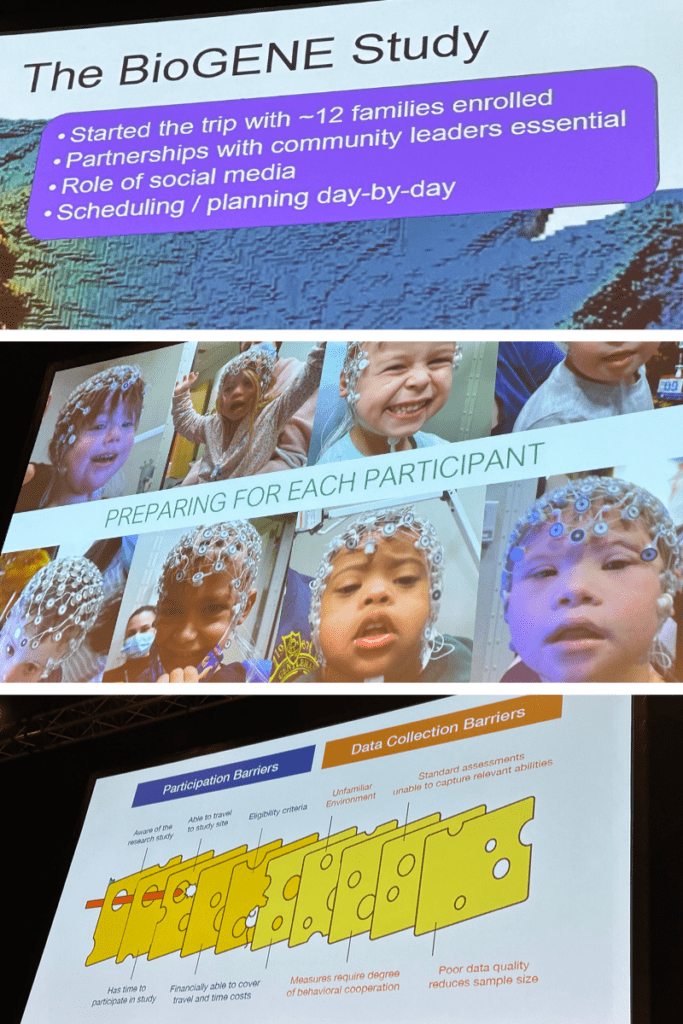
Improve Accessibility for Participants in Autism Research
Minimally verbal or intellectually disabled people are being excluded from autism research. One of the INSAR panels seeking to address this problem was “Breaking Down Barriers to Research for Children with Genetic Disorders, Intellectual Disability or Communication Challenges.“
The goal of the panel was to share methods of helping participants to ensure families can complete the assessments to help their children. The chair, Dr. Carol Wilkinson, used a Swiss cheese analogy to show that participation can’t always follow a straight line. For example, some families get started but circumstances prevent them from finishing. Or they can’t get to the clinic to start. Or they complete biological assessments but then they can’t collect IQ.
So what are the recommendations to help improve research participation from families?
- Be flexible. Tests and protocols likely will need to be adapted for each participant. Many children on the spectrum have sensory issues. Some have challenging behaviors. Others may not understand what they have to do to participate. Researchers should look at the the difference in developmental level ratio against chronological age. In other words, don’t assume what participants can or can’t do based on their age. Skip unnecessary and non-applicable material as needed.
- Meet them where they are at. Collect data in the most naturalistic setting where the participant feels most comfortable. Even if it means leaving your own comfortable place. Dr. Caitlin Hudac from the University of South Carolina shared how she spent 92 days on the road, collecting data from families within their own surroundings.
- Use a personalized approach. Get as much information about your participant(s) ahead of time as possible. Examples: what’s their favorite toy, game, snack, etc.? Getting to know the people involved in research helps the family participate and improves the quality of data.
- Plan for remote. It’s not always feasible to meet in-person with families during research. But that’s not the only way to do assessments or collect data. Dr. Karen Chenausky completed many parts of her research over Zoom, including language assessments, parent-child interactions, and motor tasks. She was able to protect the participants’ privacy and use a free downloadable app that parents used to measure language.
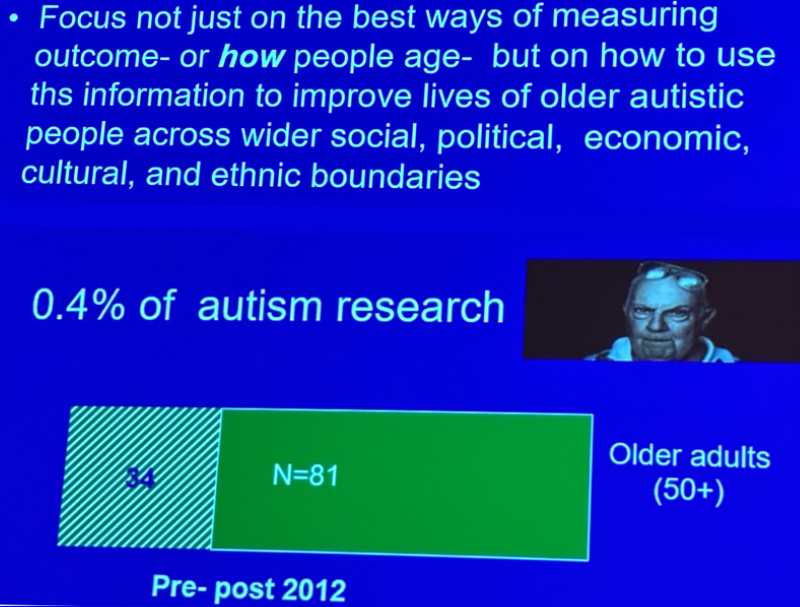
Autism and Aging
Internationally renowned expert Patricia Howlin from Kings College London talked about adulthood with autism. She has studied autism from birth to adulthood, seen autistic kids grow to be adults, and has used a unique longitudinal study design to address what happens to autistic kids as they get old. Unfortunately, there have not been enough studies in this area, the existing studies are designed differently, and not enough people are in each study.
We still need multiple approaches, but people with autism as they age don’t have nearly the amount of information about them as those young children. That should change. The dynamics and needs of people aging with autism are as a varied as the spectrum itself. Additional studies should be expanded with the goal of determining precise and diverse definitions of quality of life for autistic people as they age.
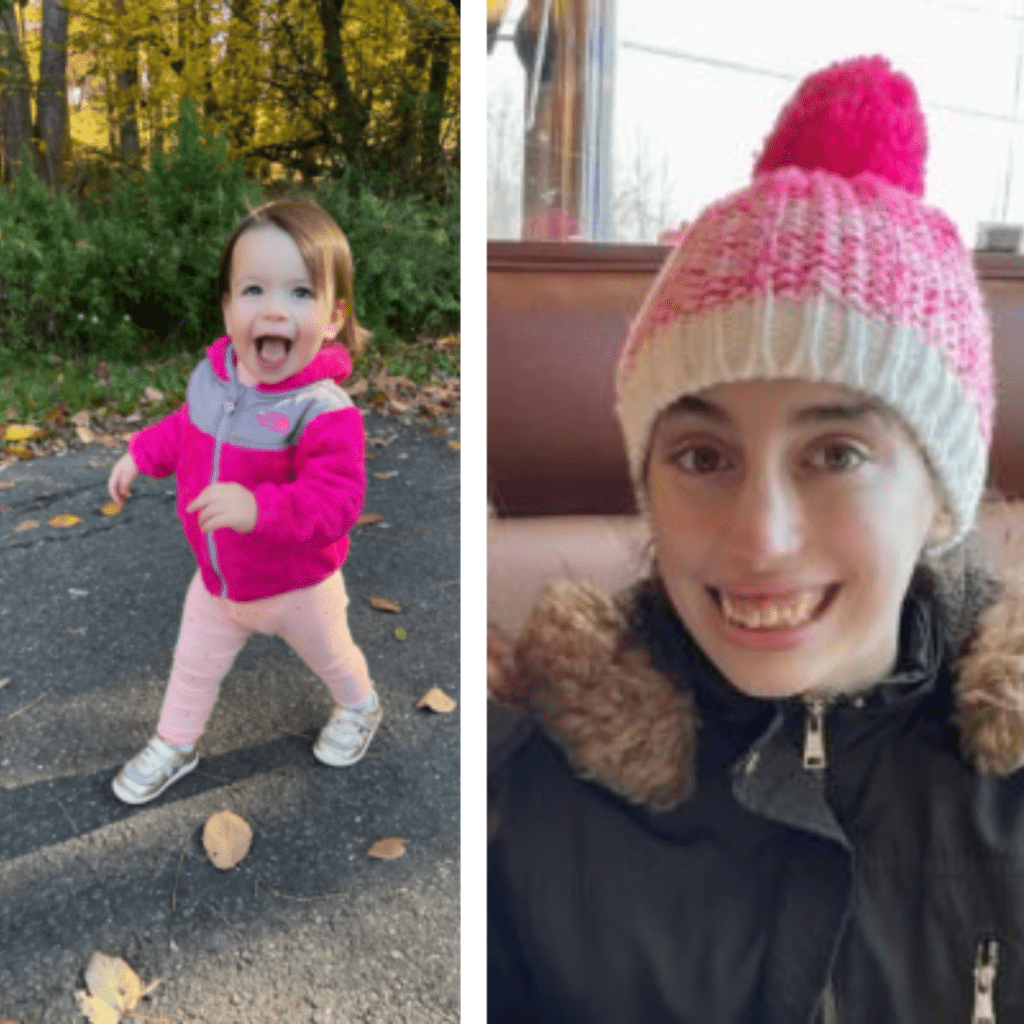
Autism in Females
Girls are an underserved community in autism that needs more support and better diagnostics. This was made clear through multiple presentations at INSAR. To partially illustrate, this video from SPARK for Autism shows some of the needs specific to women and girls.
Studies show higher burdens of rare genes and common genes associated with ASD and non-diagnosed family members like mothers or sisters. This includes a South Korea study which replicated other studies with samples from around the world. There are many other traits unique to females with autism that warrant further study, including what’s called the “female protective effect” which theorizes that women and girls are better able to tolerate known genetic mutations. Multiple studies support this theory. It may help explain autism being less common among females.
Research has also shown that females with ASD are diagnosed later and tend to have a lower IQ. But a couple of subsets of children deserve a closer look to investigate what may be part of the female protective effect. These children either showed autistic traits early in life but then didn’t meet autism criteria later, or they met autism criteria in toddlerhood but didn’t meet the diagnostic threshold at a later school age. Girls in the first group (early life autistic traits that didn’t increase with age) showed poorer language ability. Girls from the second subset (those who missed the early diagnosis) had better language and less pronounced autism features but more problems in peer relationships. Are either of these related to the female protective effect? We don’t have a clear answer yet.
Utilize The Autistic Community to Broaden Perspective
How do we work with the autistic community to conduct science that is important but at the same time communicate the importance of that science? One of INSAR’s advocate panels talked about what should be done and not done using Spectrum10k as an example. After backlash and concerns about the study design and principal investigators, the study’s leaders went back to the drawing board. They created and documented a new process. It was made for those that believe in genetics research as well as those in the community that are fearful of it.
While there is no exact recipe, including the autism community in research should be mandatory and based on the following principles:
- Trustworthiness; everything should be transparent, clear, and balanced.
- Autistic-led and based on community priorities, not just the loudest voices on social media.
- Include a diversity of voices and use engagement methods that are accessible. Provide physical and language accommodations as needed, such as type to text.
- Ensure that something gets done, not just talked about, as part of the consultation.
Autism science and research should benefit the larger community. Including a broad range of perspectives is critical.
INSAR Videos On-Demand
Videos from INSAR plenary sessions will be available starting June 5. This on-demand content will only be available until July 10 but is free to INSAR members. INSAR Membership reopens June 1.

